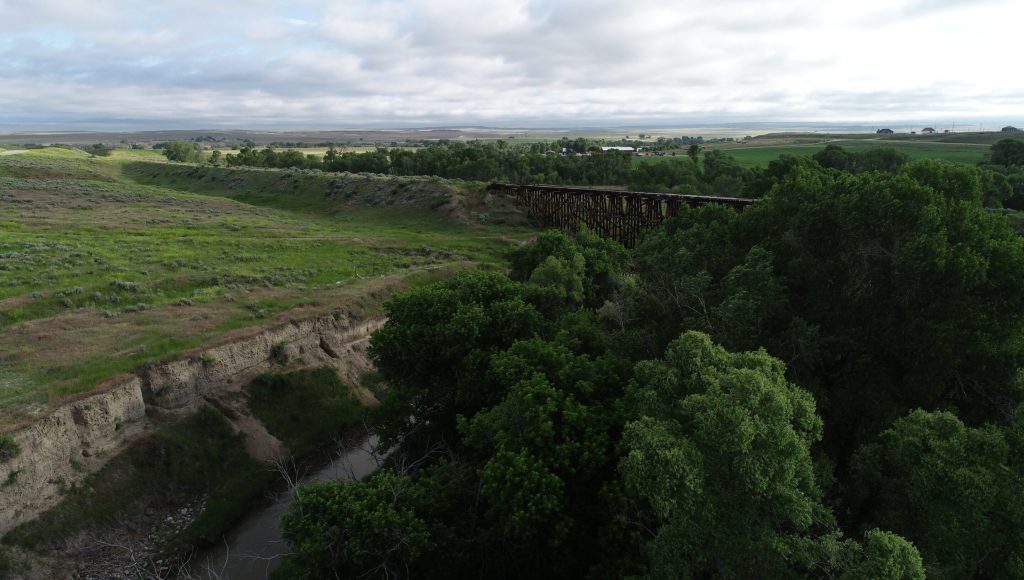Archaeologists have made an important discovery at the La Prele Mammoth site in Converse County, Wyoming in the United States. A bead made of bone, dated to around 13,000 years ago, is the oldest known bead in the Americas.
The discovery offers new insights into the artistic and technological skills of Clovis Period people and provides the first reliable evidence for the use of hares in North America.
The bead was discovered by University of Wyoming archaeology professor Todd Surovell and his team. The campsite is located along Le Prele Creek near the North Platte River, not far from present-day Douglas. The site has been identified as a mammoth hunting camp that was active about 13,000 years ago.
The bead is 7 millimeters long and 1.6 millimeters wide. It was probably used as a decorative element on clothing. The bead is flattened and polished at both ends and has a layer of red ochre on it. Grooves on its exterior indicate that it was worked with stones or teeth.Professor Surovell’s research was published in Scientific Reports. The paper presents a detailed analysis of the rabbit bone used to make the bead.

Using mass spectrometry, or ZooMS, to extract collagen for zooarchaeology, the team was able to determine the origin of the bone bead.
The researchers concluded that the bead was made from either a metapodial (bones that connect the phalanges of the fingers to the more proximal bones of the limb) or the proximal phalanx of a rabbit (a bone found in the fingers and toes of humans and other vertebrates).
Members of the study team included scientists from the UW, Wyoming State Archaeologist’s Office, the University of Manchester, Weber State University and Chico State University.
This discovery offers important insights into the aesthetic sense and manual dexterity of Clovis Period people. It is also important as the first concrete evidence of the use of hares in North America. The La Prele Mammoth site is considered an important resource to learn more about the lifestyles and beliefs of Clovis Period people.




